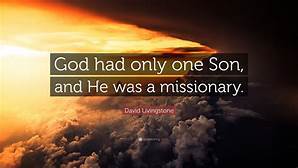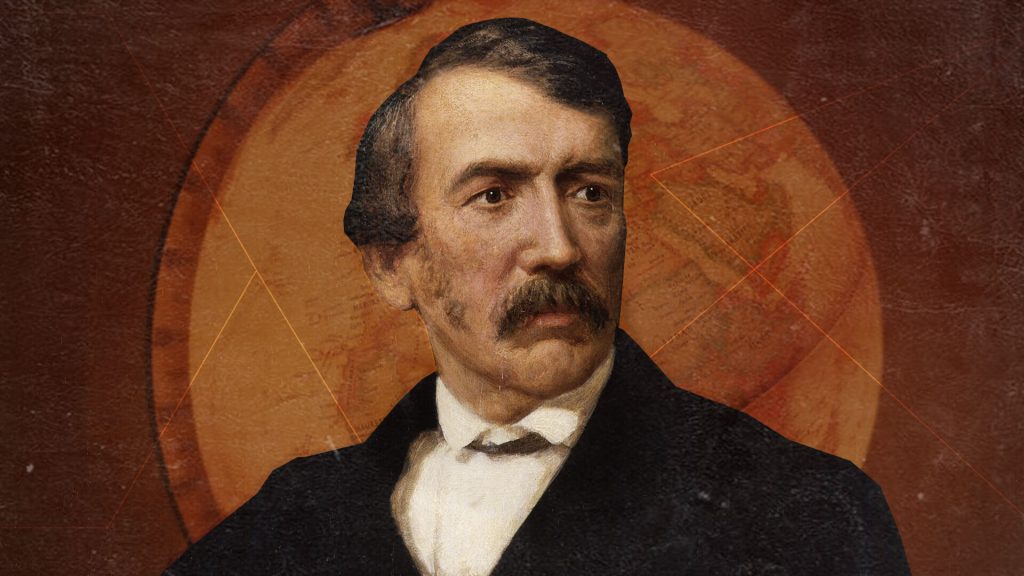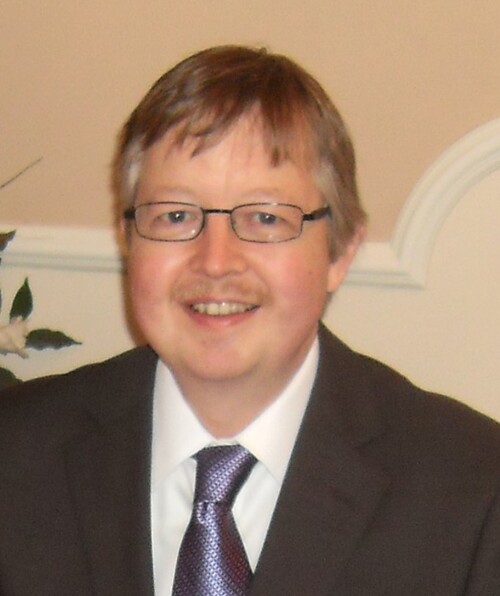Listen to this article in podcast form With three memorable words, " Dr. Livingstone, I suppose, " Words that journalist Henry Morton Stanley rehearsed beforehand, David Livingstone became immortal. Stanley stayed with Livingstone for five months and then went to England to write his best-seller, How I Found Livingstone . Livingstone, meanwhile, was lost again in an inhospitable area. A year and a half later, he died in a mud hut, kneeling in prayer by his bed.
Welcome to this summary of the life of David Livingstone (1813-1873).
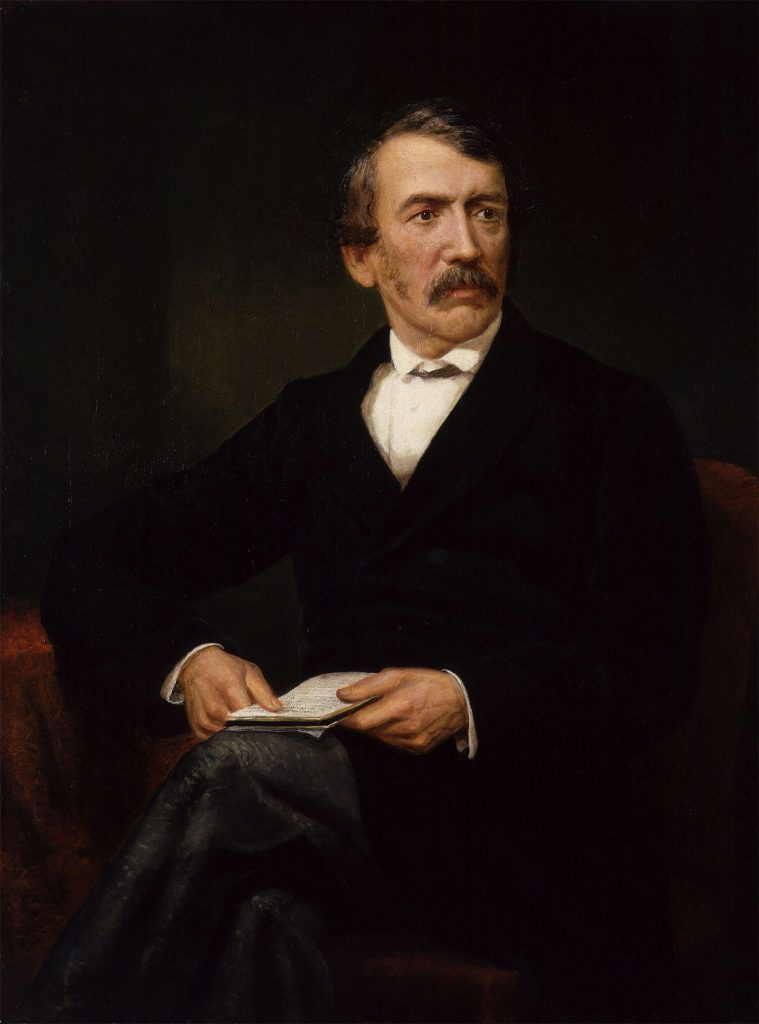
David livingstone
A call to missions
David Livingstone was born on March 19, 1813 in Blantyre, Scotland to a godly family. Livingstone could not afford a formal education. Since he was a child he had to work in a cotton factory . While working, he would put a book in front of him to read. In this way he was able to have a good education that opened doors for him in the future.

Portrait of the young David Livingstone.
At age 25, Livingstone was captivated by a call for medical missionaries to China , so he enrolled in medical school in Glasgow and eventually applied to the London Missionary Society . Because he lacked theological credentials, he was not accepted at first. By the time it was accepted, the Opium War (1839-1860) had broken out in China, and it was inadvisable to send missionaries there. Soon after, Livingstone met Robert Moffat (1795-1883), who pioneered a mission in southern Africa. Livingstone set his sights on that continent and after receiving his medical degree he joined Moffat's team in 1841.
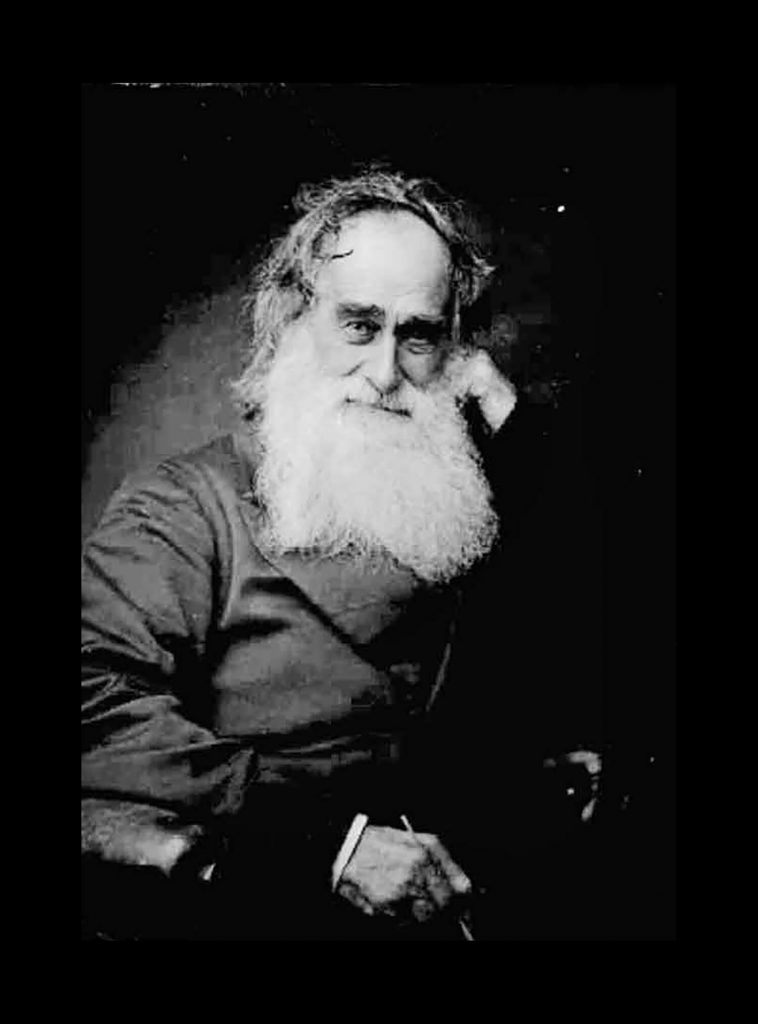
Robert Moffat
After two years of apprenticeship with Moffat, he left for Mabotsa , three hundred kilometers inland, where he founded a mission with his wife Mary, Moffat's daughter. But there he had difficulties with another missionary, so he decided to go further, to the village of Chonuana where he spent three years and baptized the chief of the tribe. But due to a drought, the tribe had to move and Livingstone and his family had to. After moving through various areas, Livingstone decided that his family would return to England from Cape Town while he moved into the interior of Africa . Thereafter the famous Livingstone expeditions began.
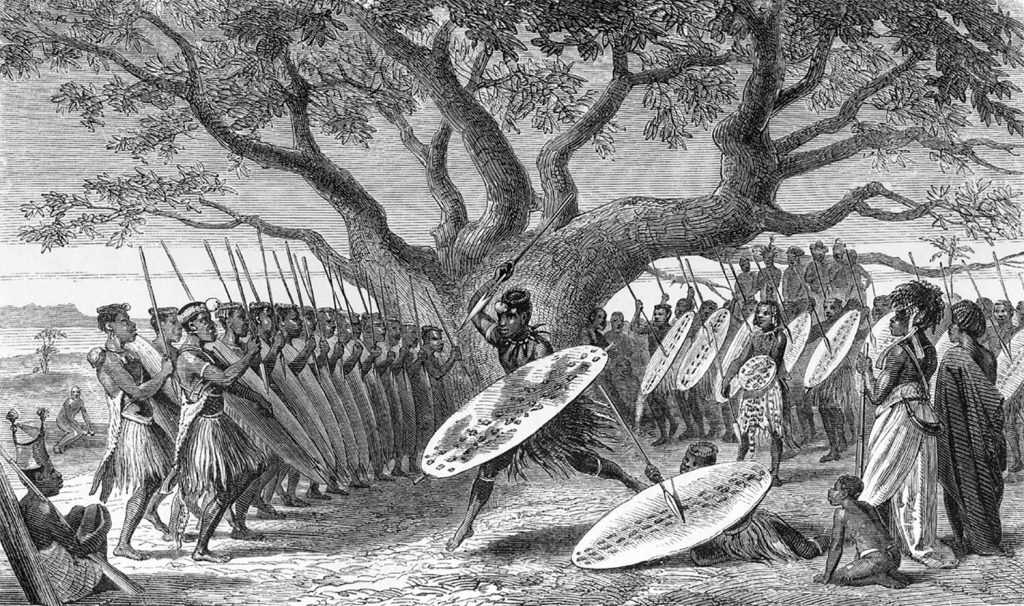
Zulu dance during the time of the Livingstone expeditions.
A dissatisfied missionary
But Livingstone resisted "conservative" mission policies. The pattern was to go to one town at a time, win converts, build a church, and move on only when that church was well established . But it was too slow a process for Livingstone. He saw that conditions were bad for evangelization in Africa . Ignorance of African culture, combined with the bitter experiences of Africans with slave traders, created great resistance to evangelism .
Why not infiltrate the interior in a positive way, help Africans develop their own trade and learn about their customs? This might not build churches in the short term, but it could create conditions that would be more favorable for future evangelism .
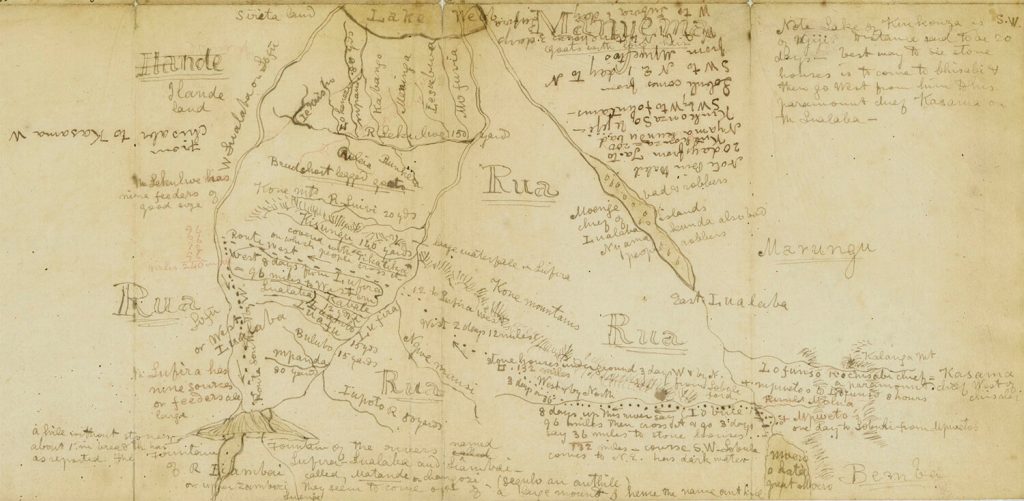
Map made by Livingstone himself during his expeditions.
Livingstone had little patience with the attitudes of the missionaries who had absorbed " the colonial mentality " towards the natives. When Livingstone spoke out against racial intolerance, the Afrikaners , a group of white European settlers, tried to drive him out, burning his station and stealing his animals.
He also had trouble with the London Missionary Society , who felt his explorations were distracting him from his missionary work. However, throughout his life, Livingstone always considered himself primarily a missionary .
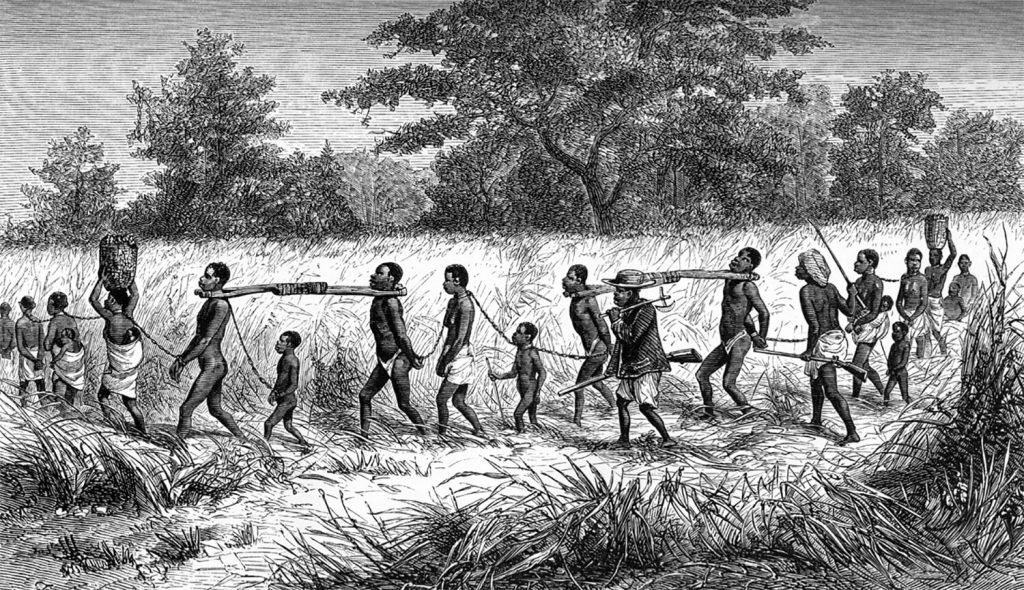
Slave traders and their captives chained and collared with "taming sticks."
To Victoria Falls
In late 1852, with his family safely settled in England, Livingstone set out on a first expedition. He had already discovered the Zambezi River . It had to come from somewhere. Perhaps he could find an inland river route across the continent from the Indian Ocean to the Atlantic . This would open up commercial opportunities for native peoples and, in the process, denounce the slave traders .
The journey west was difficult, plagued by disease, droughts, and attacks from hostile tribes and wild animals. He finally reached the Atlantic in 1854 and may have sailed from there to England, but there was more exploration to be done. He ventured east again, reaching the coast in 1856 .
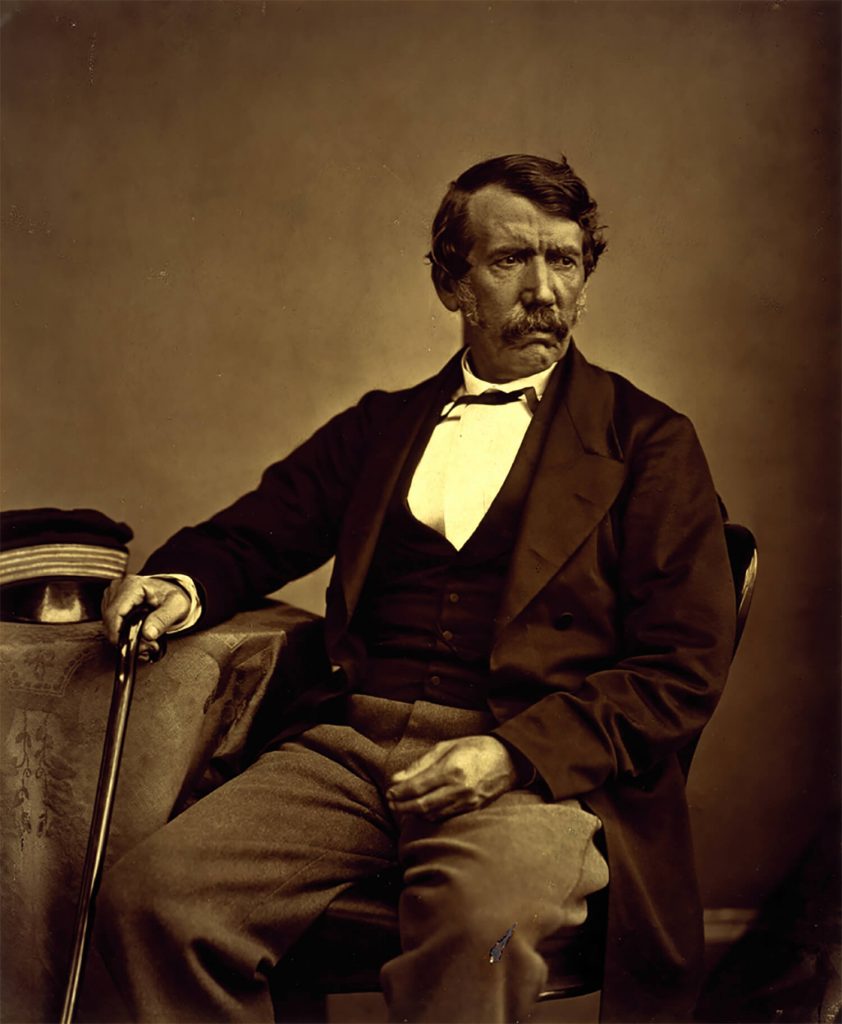
David livingstone
On an epic three-year journey from the Atlantic Ocean to the Indian Ocean, Livingstone explored the 1,700-mile-long Zambezi River , discovering Victoria Falls in the process . From there he sailed to Great Britain, where he was greeted like a hero. The exploration of unexplored territories was highly acclaimed in those days. The Royal Geographical Society awarded him the highest honors. He visited several universities to talk about his experiences inspiring many students to become missionaries in Africa in the process . The account of his travels, Missionary Travels , written in 1857, was a best-seller.
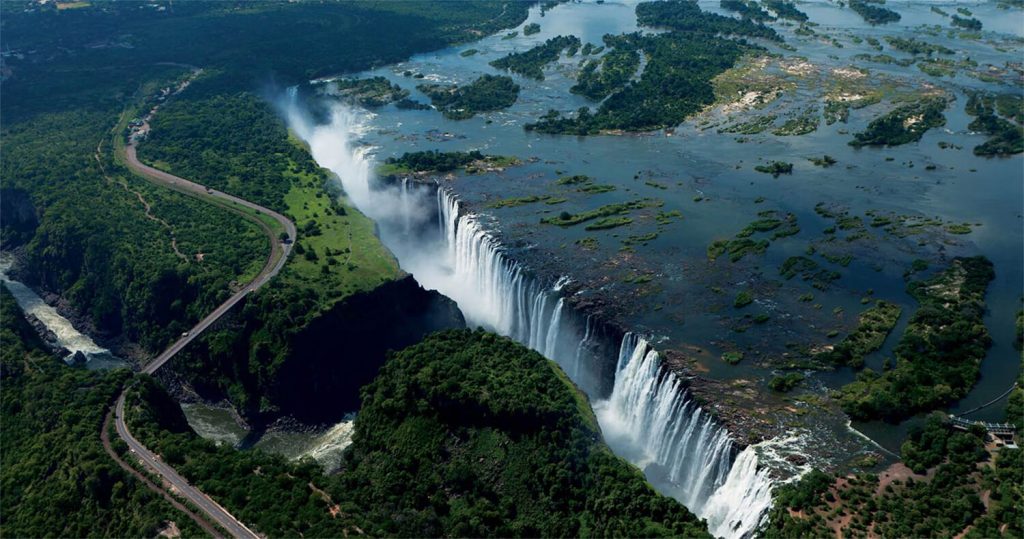
Current aerial view of Victoria Falls.
The unfortunate Zambezi expedition
In 1858, the British government funded a second expedition to investigate the natural resources of Southeast Africa and open the Zambezi River for navigation. Livingstone was looking to sail 1,000 miles down the Zambezi in a brass and mahogany steamboat to set up a mission near Victoria Falls. The boat was state-of-the-art, but it proved too fragile for the expedition and as a result was wrecked after repeatedly running aground on sandbanks.
His wife Mary, who had returned to Africa and had just given birth to their sixth child, died in 1862 during the mission. Ending his failed expedition, a troubled Livingstone returned to England in 1864 .
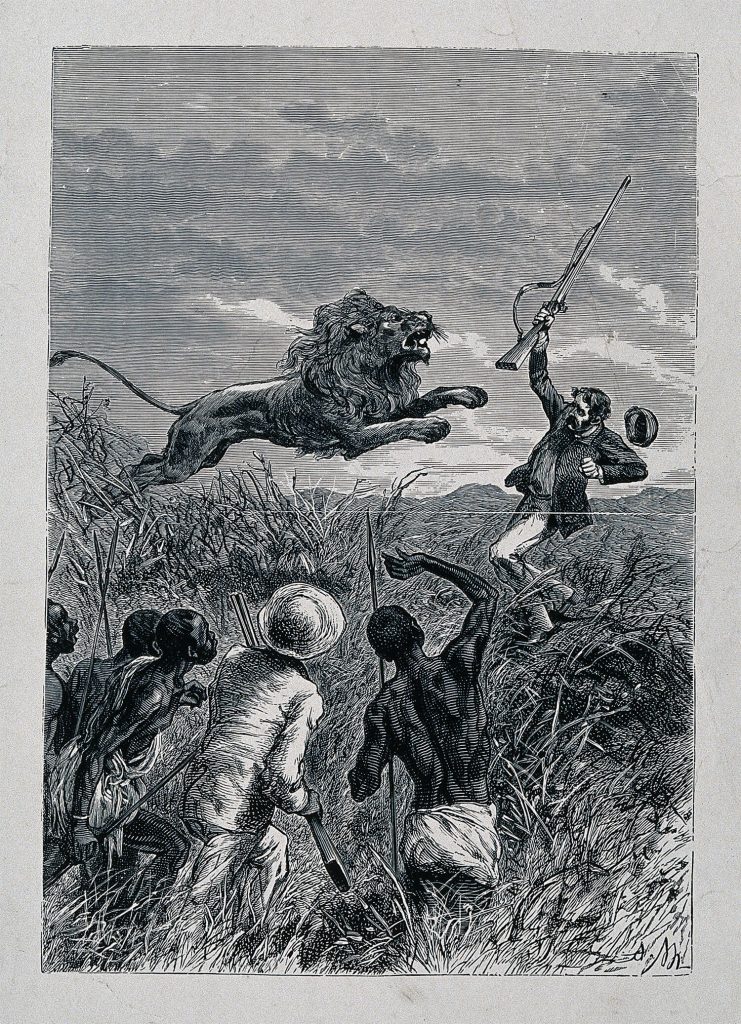
Livingstone's narratives generally included his adventures. This illustration represents his narrative of fighting a lion.
The last expedition
But Livingstone was not giving up. He left on his own for the last time in 1866 for his beloved continent . This time to search for the source of the Nile .
Years passed without news of him. Some expeditions went out to look for him. The most famous of those expeditions involved Henry M. Stanley (1841-1904), a New York Herald reporter , in 1871. Finding Livingstone at last at Uyiyi on Lake Tanganyika , he uttered that great phrase, " Dr. Livingstone I guess . " But Stanley couldn't convince him to come home. In August 1872, in poor health, the old explorer shook hands with Stanley and set out on his final journey.
Livingstone died in 1873 . He was found on his knees with his hands joined in an attitude of prayer in a hut. His heart was buried under a tree in Africa and his body was returned to England. There this great missionary was honored with a burial at Westminster Abbey .
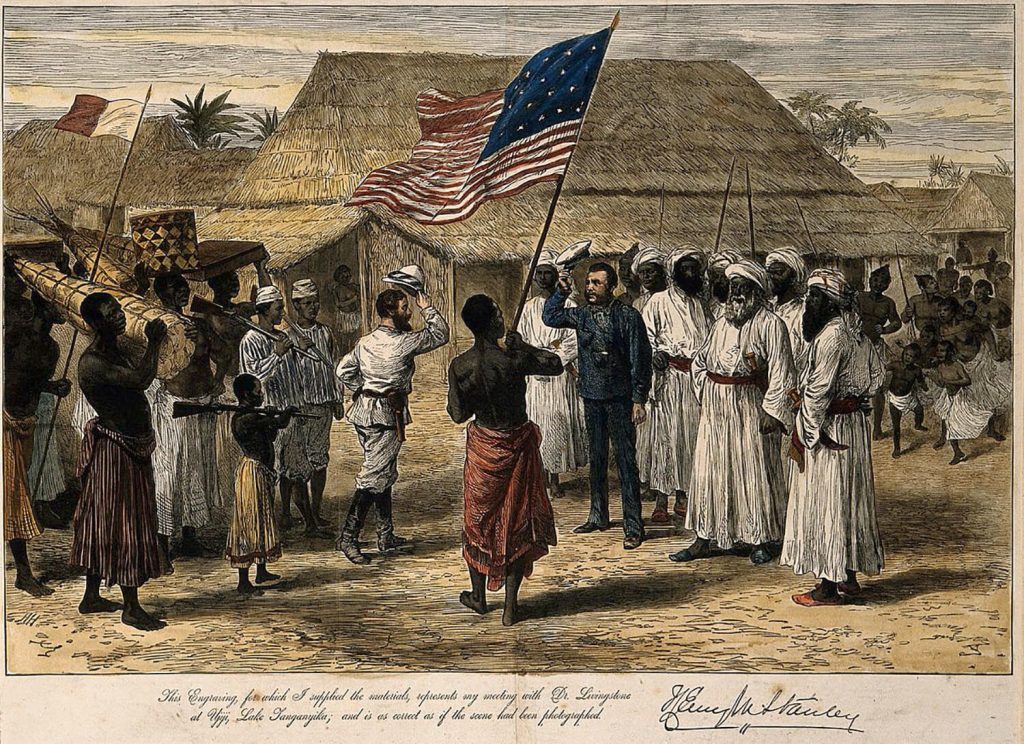
Illustration of Morton Stanley's Encounter with Livingstone
The legacy of the missionary and explorer
When Livingstone came to Africa in 1841, the continent was called the " White Man's Graveyard ," and the region was as exotic as outer space. Although the Portuguese, Dutch, and English were exploring the interior, African maps had blank unexplored areas : no roads, no countries, no landmarks. Livingstone helped redraw the maps, exploring what are now a dozen countries , including South Africa, Rwanda, Angola, and the Republic of the Congo, and made the West realize the continuing evil of African slavery.
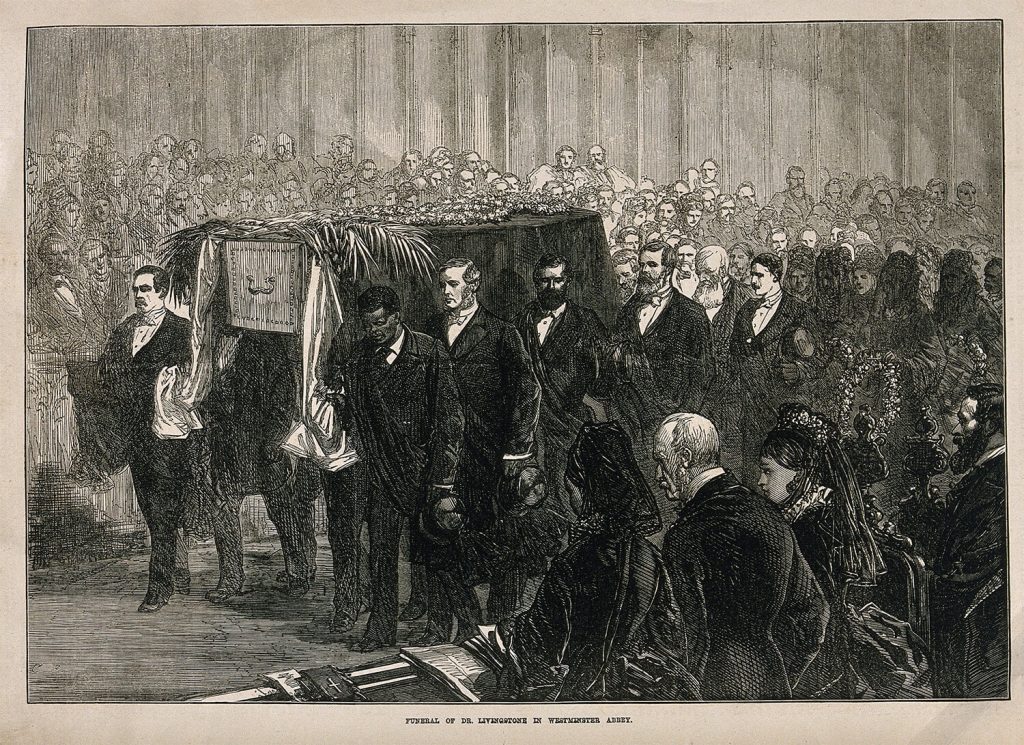
Funeral of David Livingstone.
Livingstone traveled thousands of miles taking notes on everything he saw, making geographic observations, caring for the sick, and preaching the gospel . But above all, winning the hearts of Africans. His chronicles record that he was more than twenty-seven times bedridden with fevers , but he soon regained his strength and continued exploring.
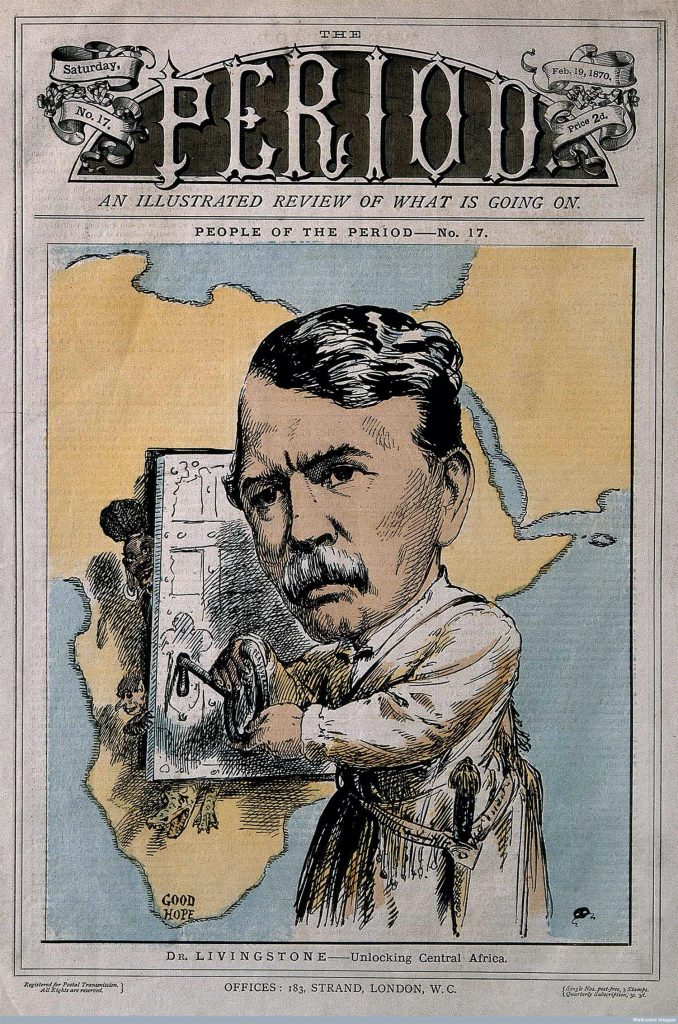
Illustration of Livingstone with a key opening the door to the African continent.
He also challenged the prevailing ideas of missions in his day. He had a vision for the combined economic and spiritual well-being of the African peoples, but seemed to avoid most of the colonial mentality of his contemporaries. Although his evangelistic work was not great, his courage to find new routes and draw the maps of the inhospitable central Africa paved the way for new missionaries to have a route that would allow them to enter to carry the gospel. Livingstone's work created the conditions for the growth of Christianity . A century and a half after his death, the African church continues to spread.
"Brought by faithful hands over land and sea," says his tombstone , "David Livingstone: missionary, traveler and philanthropist. For 30 years he spent his life in a tireless effort to evangelize the native races, explore the secrets to discover and abolish the slave trade. "







